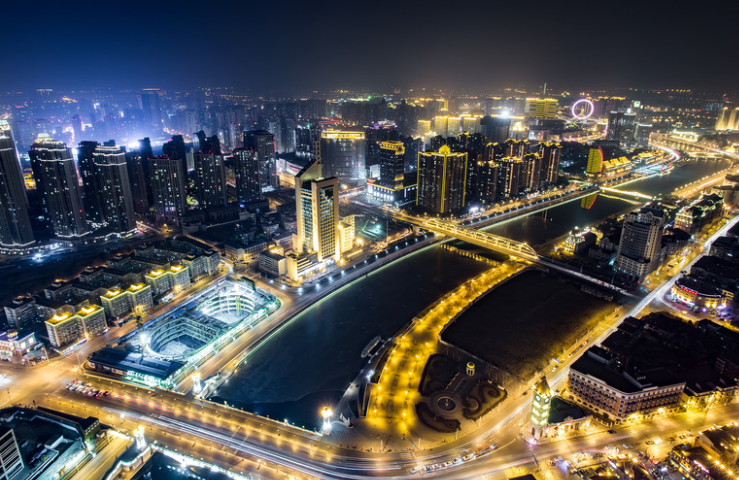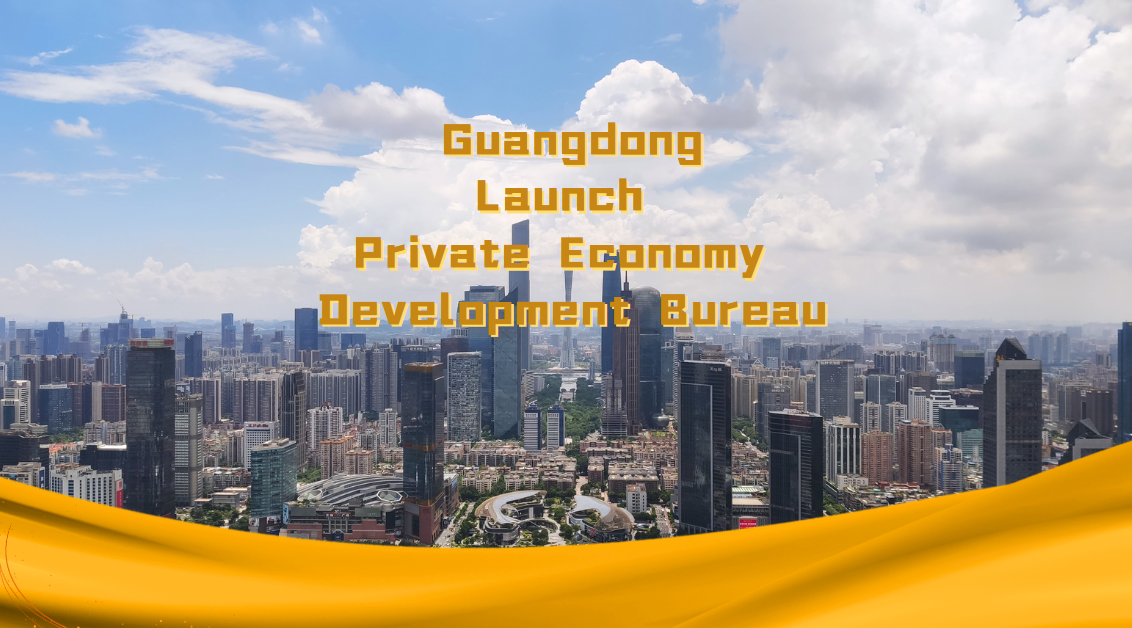Tianjin Takes Flight: New Investment Fuels China's Low-Altitude Economy
Tianjin is making bold strides into the low-altitude economy, an emerging sector that promises to reshape urban logistics, infrastructure, and high-tech industries. The latest development is the establishment of Tianjin Low-Altitude Economy Investment Development Co., Ltd., a wholly owned subsidiary of Tianjin Urban Investment Group, with a registered capital of RMB 1 billion. This move underscores Tianjin's ambition to become a leader in low-altitude economic development, capitalizing on its strong manufacturing base, industrial ecosystem, and research capabilities.
////
Unlocking the Potential of Low-Altitude Economy
ONE

The low-altitude economy refers to economic activities driven by manned and unmanned aircraft operating in low-altitude airspace. It is a rapidly growing sector with applications spanning urban logistics, emergency response, and tourism. Drones are increasingly used in agricultural mapping, medical deliveries, and aerial tourism, demonstrating the sector's broad commercial potential. The Chinese government formally recognized the low-altitude economy's strategic significance in 2024, incorporating it into its national economic agenda, further accelerating investment and policy support.
Tianjin's latest initiative aims to build a comprehensive industrial ecosystem around this sector. The newly established company will focus on the investment, construction, and operation of city-level low-altitude flight service stations, providing critical infrastructure to support the industry's expansion. By integrating with Tianjin Urban Investment Group's existing infrastructure networks—including highways, digital communications, water treatment, and renewable energy—the initiative seeks to establish a multi-layered "aerospace-ground integrated service network."
////
Strategic Investments and Industry Integration
TWO

Tianjin has been actively positioning itself as a hub for low-altitude economic development. The city's science and innovation park, Tiankai Park, has emerged as a key driver of industry advancements. In 2023, the China Tower (Tianjin) Science and Technology Innovation Center was inaugurated within Tiankai Park, focusing on flight data applications and technological innovation. The center is building a robust industrial chain for low-altitude aviation, paving the way for commercial adoption of key technologies.
Further strengthening the sector, Tianjin hosted a landmark low-altitude economy technology conference last year. The event showcased significant industry breakthroughs, including domestically developed aviation data systems and advanced air mobility (AAM) simulation platforms by Blue Eagle (Tianjin) UAV Technology Co., Ltd. Additionally, Tianjin Civil Aviation University and its surrounding research ecosystem have been integrated into a strategic development framework, reinforcing the city's commitment to fostering innovation in aviation technology.
////
Implications for Investors and Industry Stakeholders
THREE
Tianjin's push into the low-altitude economy opens new doors for global investors, tech firms, and logistics companies. With strong industrial backing and government support, the city is fostering partnerships in aerial logistics, drone manufacturing, and airspace management.
Foreign businesses can tap into Tianjin's expanding infrastructure to collaborate on urban air mobility, regulatory frameworks, and smart city technologies. As China prioritizes technological self-sufficiency, aviation, telecom, and infrastructure firms may find fresh opportunities for growth.
By advancing its low-altitude strategy, Tianjin is shaping urban air mobility in China while influencing global trends in airspace utilization for economic and technological progress.





















































First, please LoginComment After ~